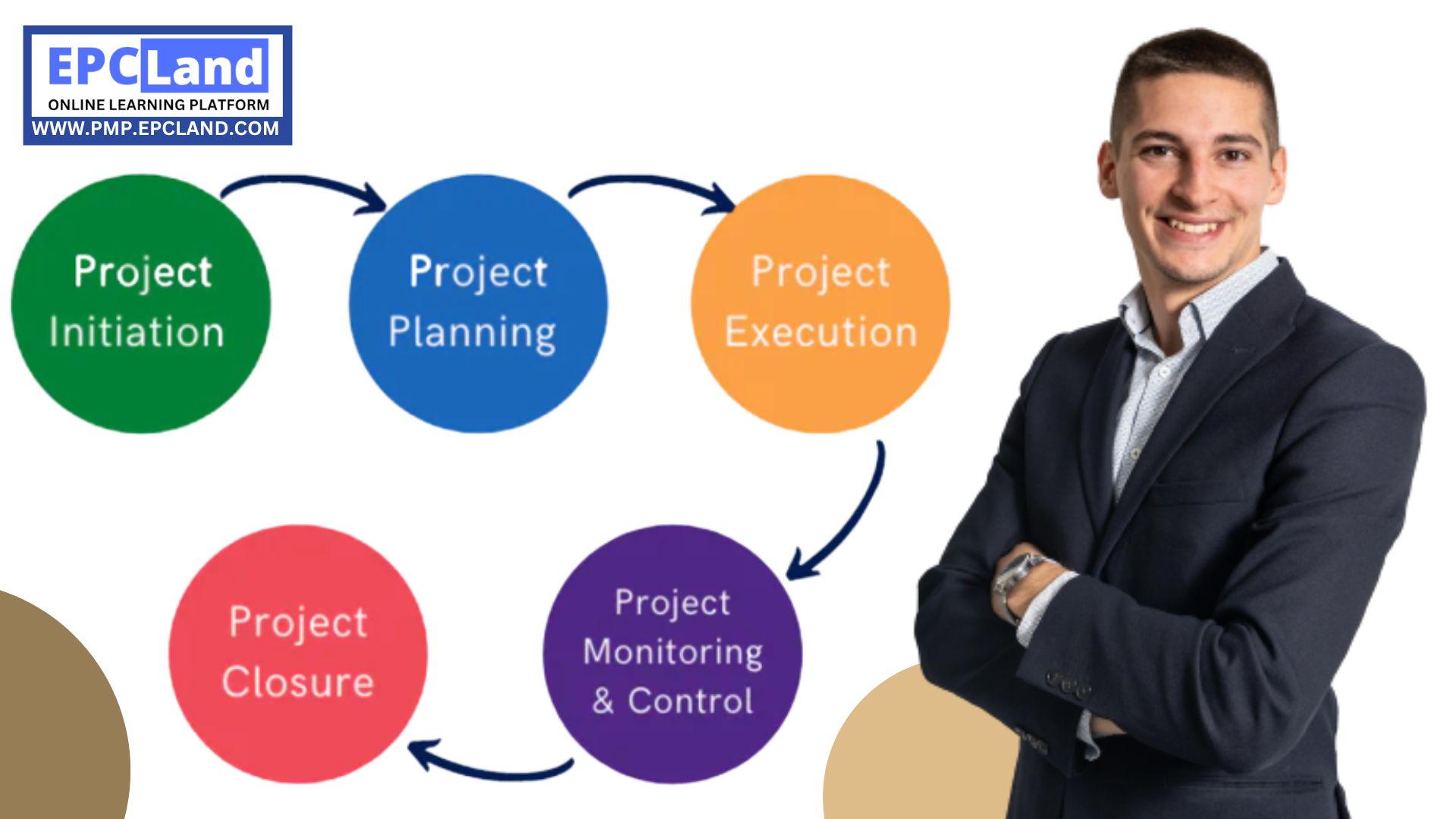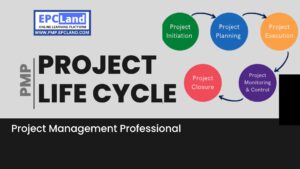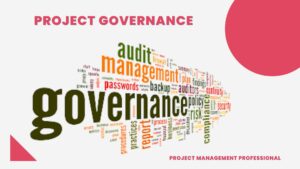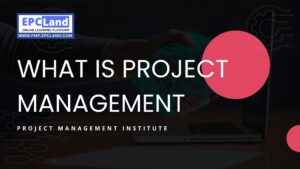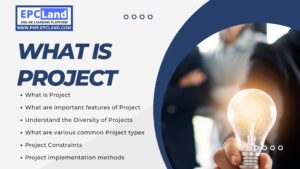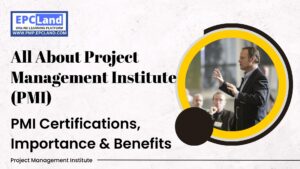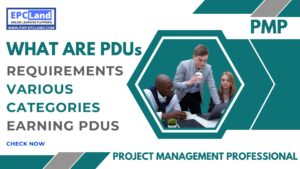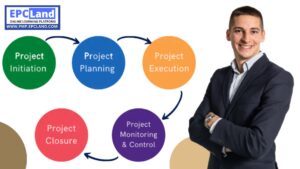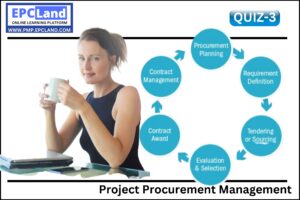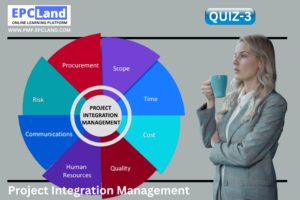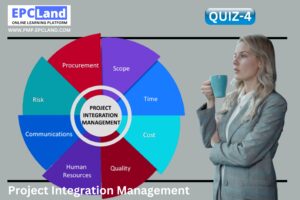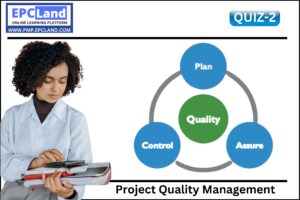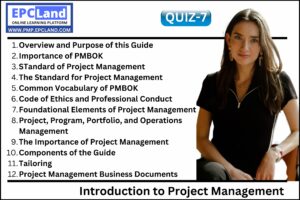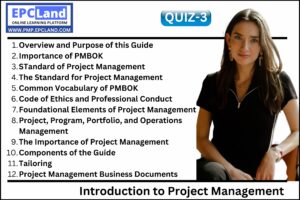A project is defined as a set of activities undertaken to complete a set of tasks and successfully achieve a desired business goal. Project management focuses on all planning and management related to project execution.
This article covers the 5 Phases of project management and the different stages of the project lifecycle, as well as key management steps for a successful and well-executed project. Also, the project manager’s role in every phase of the project is also define along with the deliverables of specific phase. The five phases of project management are:
- Project Initiation
- Project Planning
- Project Execution
- Project Monitoring & Control
- Project Closure
Here’s what you need to know about the five process groups in project management.
Table of Contents
ToggleTop 5 phases of Project Management Life Cycle
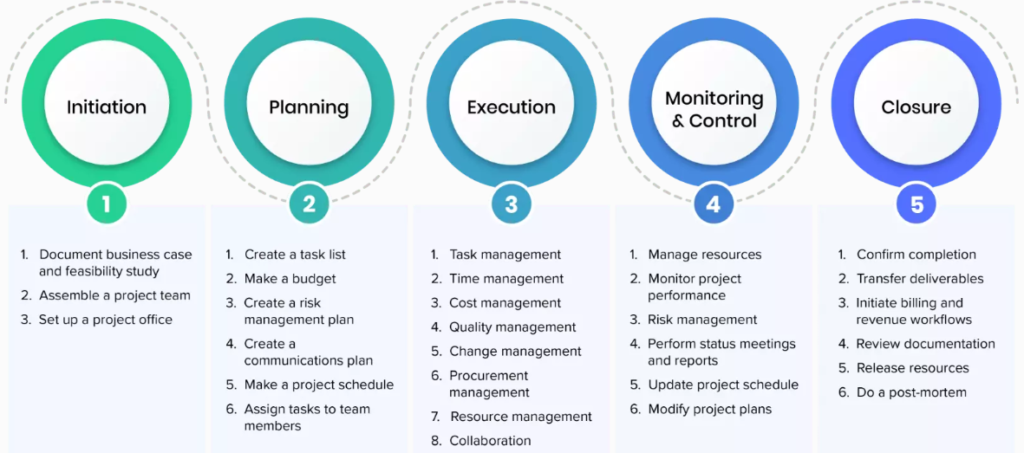
Don’t Miss the 1000+ MCQ questions & hundreds of quizzes on PMP Knowledge Areas and Various important sections.
Initiating the Project
The first PMP process aims to define the mission and goals of the project. A project order is issued by the sponsor to the project manager. Next, the project manager identifies all stakeholders working on the project.
According to PMI, initiations help set a vision of what you want to achieve. Here the project is formally approved by the sponsor, the initial scope is defined, and the stakeholders are identified. Stakeholder identification is important here. Proper identification (and management) of stakeholders literally determines the success or failure of a project.
These processes are implemented not only to ensure that the project or program is approved by the sponsoring company, but that the project is aligned with the organization’s strategic goals. If this is not done, the project may start and run haphazardly, without a clear stated purpose or goal. Also note that the admin selects and approves the project manager.
Project managers are accountable but often have little authority, so it’s important to approve and set up PMs early. In fact, if you don’t officially approve a project, you don’t have one.
Project Manager’s Role during Initiating the Project:
- Document business case and feasibility study
- Assemble a project team
- Set up a project office
Main deliverables during Initiating the Project:
Project Charter and Stakeholder Registration.
Planning for Execution
The second process lays out all the activities that need to be done before execution, such as: B. Risk analysis, cost-benefit analysis, etc. d. H. A project management plan is prepared.
A key element of planning is determining the overall scope of the project. While this may seem accomplished at the initiation, the scope (along with risks, milestones, summaries and budgets) was defined at a high level. In planning, the project manager uses an iterative and more detailed planning technique called progressive her elaboration.
In the PMBOK® Guide, PMI defines 24 separate processes involved in planning. Project teams can decide which of these they choose for a particular project, but the message is clear.
Don’t plan, plan to fail. Too many organizations start projects with only a superficial plan, assuming everything will be fine. But all too often chaos reigns without real or adequate planning.
A key concept in planning is that the team can think of the entire project up front. So, in addition to creating different plans, we also consider all the things that can go wrong (risks) and how to deal with them. (For the record, teams should keep an eye out for unexpected things (so-called opportunities) that could benefit them.) What kind of plan is created? First and foremost is the project management plan that guides all aspects of the project. This is essential in that it will be a comprehensive governance document for the entire project.
Don’t Miss the 1000+ MCQ questions & hundreds of quizzes on PMP Knowledge Areas and Various important sections.
Without going into detail about all the documents produced, a short list includes:
- a delimiting document (what we do and what we don’t do);
- a document with detailed requirements;
- Documents containing cost and time estimates.
- a document providing a schedule;
- A document that plans quality, communication, risk and procurement.
In addition, create scope, schedule, and cost baselines and use them to track progress (monitoring and control). We continue to plan how we will manage and engage all key stakeholders throughout the project lifecycle.
A quick look at the above reveals the basic nature of what is achieved during planning. Create a roadmap, a path to success. These plans cannot be overlooked in the same way that architects create designs for buildings. By the end of this process group, the team knows not only what needs to be done (what is in scope and what is out of scope), but also what needs to be done to deliver the project on time and on budget.
Project Manager’s Role during Planning Phase of the Project:
- Create a task list
- Make a budget
- Create a risk management plan
- Create a communications plan
- Make a project schedule
- Assign tasks to team members
Main deliverables during Planning phase of the Project:
Project management plan, schedule, risk register
Executing the Project
The third PMP process deals with all project activities that need to be performed during the project. H. A project management plan is implemented and deliverables are produced by project team members.
The running process group is where the work actually gets done. A project management plan helps us stay on track. This is where the project team starts creating deliverables and the project manager coordinates these resources. And if that’s the only thing that happened, that might be enough. Since the project team is very important to the successful execution, it should be assumed that the development of the team is critical to this cause. Therefore, project managers are expected not only to acquire and lead teams, but also to retain them through means of team building. Similarly, the PM not only manages communications, but also manages stakeholder engagement, ensures project and product quality, and supports efforts to secure vendor contracts when procurement is involved. To do.
This area of execution is where most of the budget is spent and the results of the project are produced. And from here you will be able to see change requests from stakeholders. The project team can implement approved changes, but only the change control board can approve or reject these changes.
Execution of a project can take days, weeks, months, or years, depending on the duration. But just doing it is not enough. I need to make sure the project is on track. This is where the next process group comes into play.
Project Manager’s Role during Execution of the Project:
- Task management
- Time management
- Cost management
- Quality management
- Change management
- Procurement management
- Resource management
- Collaboration
Main deliverables during Execution of the Project:
There are no Specific deliverables, Update only.
Monitoring and Controlling the Project
The fourth process is concerned with project monitoring and control, identifying changes and problems, and taking appropriate action to address them.
In the Monitoring and Control Process Group, the project manager evaluates the overall performance of the project and makes any necessary changes to get the project on track or back on track. What is included? According to the PMBOK® Guide, these are “the processes necessary to track, review, and coordinate project progress and performance, identify areas where plans need to be changed, and initiate appropriate changes.” Things don’t always go according to plan. In fact, it may not. Monitoring and control allows you to undo plans, compare plans with reality, measure deviations, and take corrective action. Examples of areas you can control are scope, cost, and schedule. All of these differ in terms of the tools and techniques used to control them. But what they all have in common is that they have a baseline defined in the plan. We track your progress against these baselines, so don’t change them lightly. they can be made. However, as mentioned above, changes should be managed and approved on a case-by-case basis.
One way he thinks about surveillance and control is to imagine himself driving across the country according to a plan or roadmap. But if he got lost and didn’t have his GPS, he would stop and ask for directions or return to where he was based on new information such as: B. For new roads that take hours to travel, change or update your plans.
The lesson learned here is that if you make a plan and assume it will magically get you on track, it’s a recipe for failure. Only constant vigilance, tracking, and reporting can keep a project focused on achieving its goals.
Project Manager’s Role during Monitoring & controlling the Project:
- Manage resources
- Monitor project performance
- Risk management
- Perform status meetings and reports
- Update project schedule
- Modify project plans
Main deliverables during Monitoring & controlling the Project:
There are no Specific deliverables, Update only.
Closing or Implementing the Project
The fifth PMP process deals with project implementation and documentation of knowledge gained. After all deliverables are assembled, the final product is either handed over to the customer, sponsor, or facility, or used in production.
From its name it is clear what is going on here. We not only formally complete the project, but also receive approval and approval from the customer. It’s actually self-explanatory, but too often projects end in failure. People stop coming to meetings and everyone just goes to the next meeting. As a best practice, the rigor that applies to the rest of the project should apply here as well. The project manager should formally close the project by archiving the records, holding a lessons learned session, and congratulating and reassuring the team. Also, lessons learned should be centrally archived along with other historical information and used as input for future projects to avoid reinventing the wheel.
In short, these process groups aren’t necessarily easy to implement, but that doesn’t mean teams can’t get enough value from highly strategic projects.
Project Manager’s Role during Closing the Project:
- Confirm completion
- Transfer deliverables
- Initiate billing and revenue workflows
- Review documentation
- Release resources
- Do a post-mortem
Main deliverables during Closing the Project:
During the project closeout, documents to turn over can include various project documentation, final meeting minutes, and other closure reports. These documents can identify and capture lessons learned and best practices for future reference and reuse.
